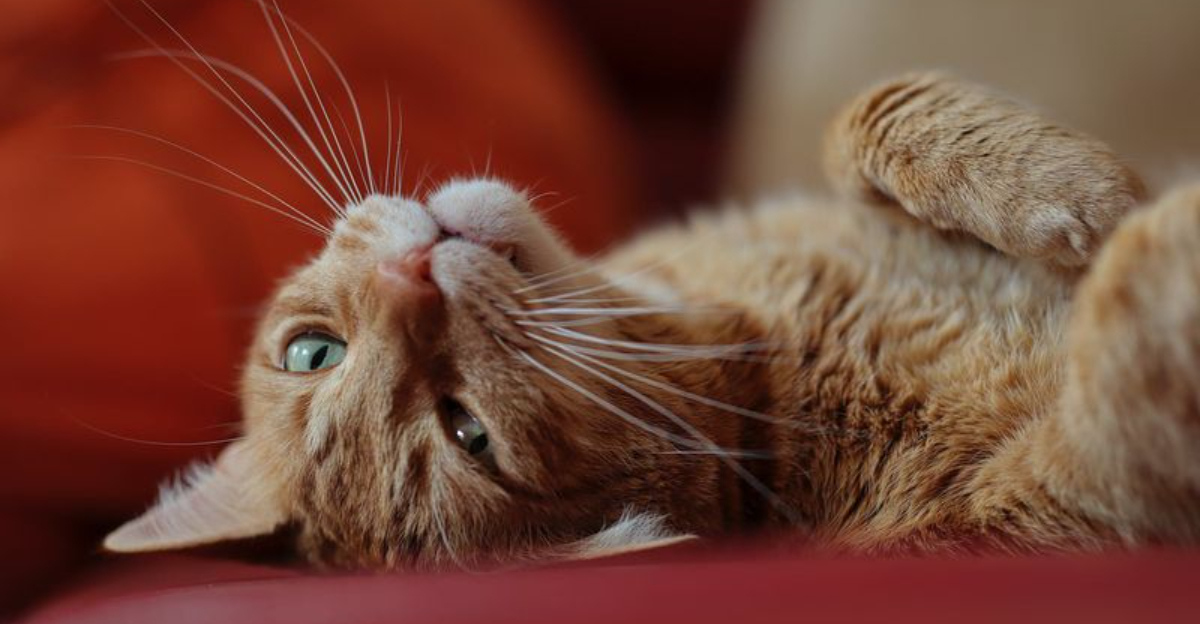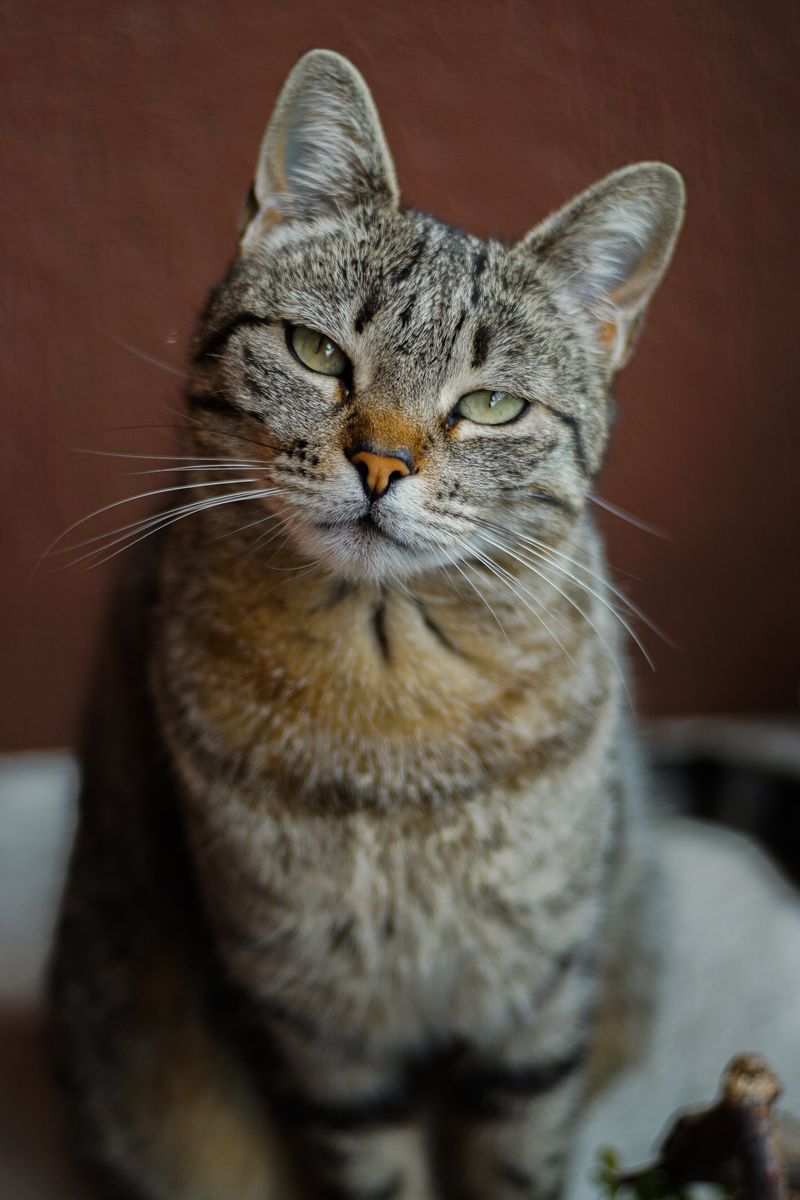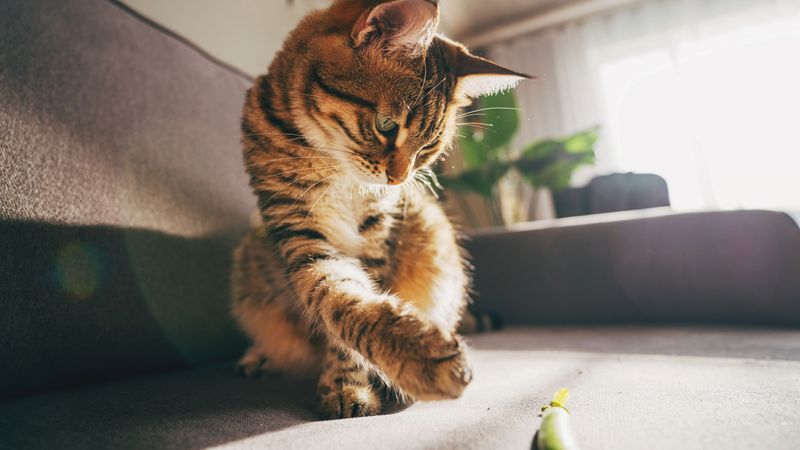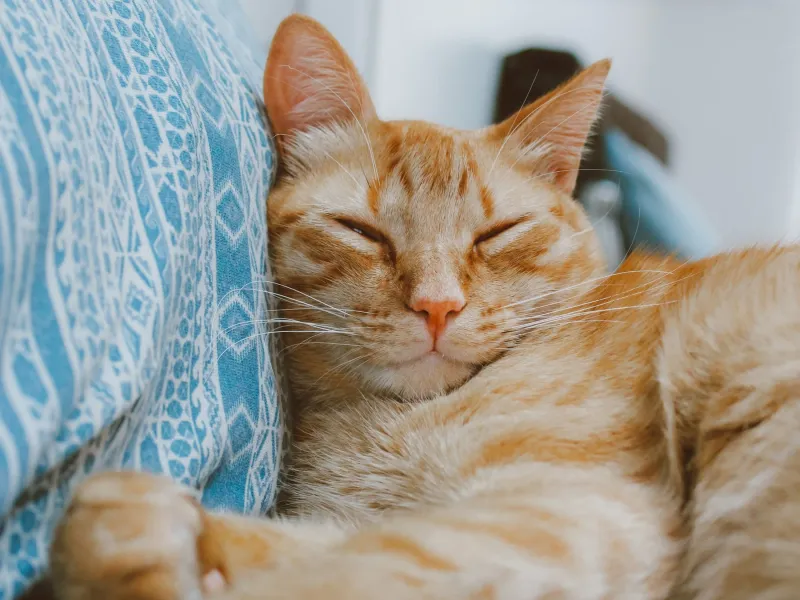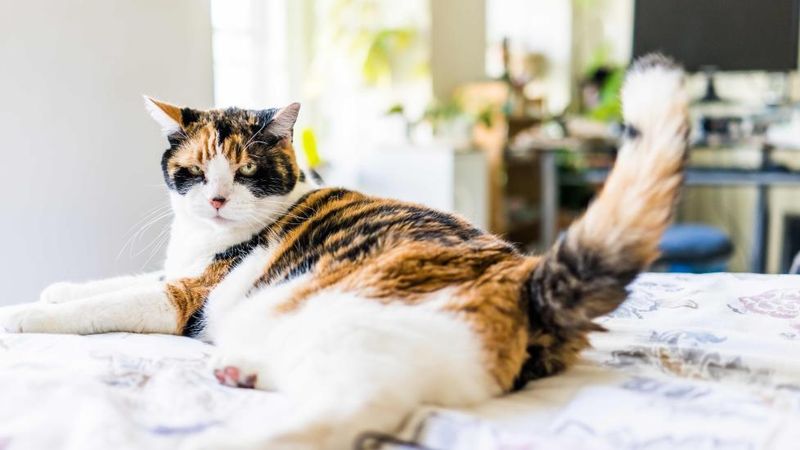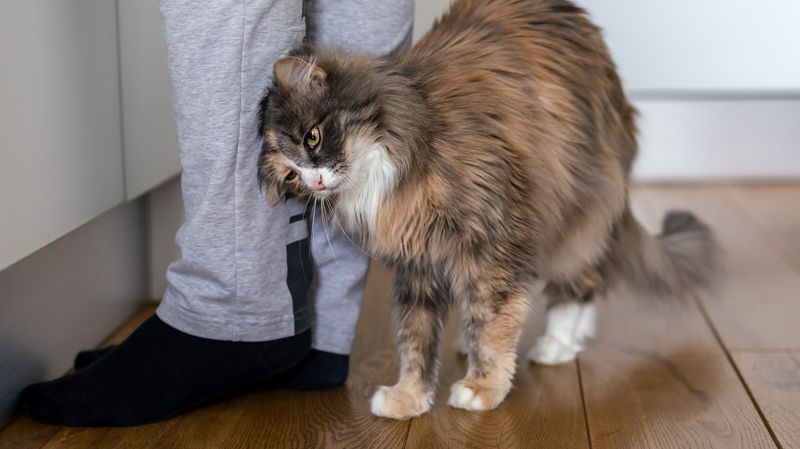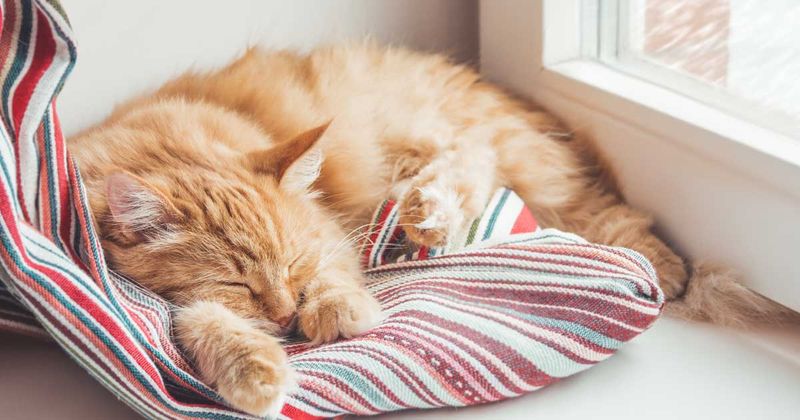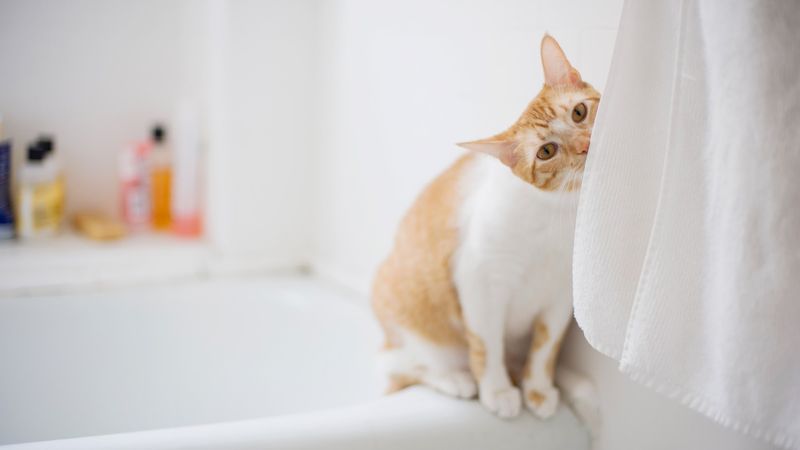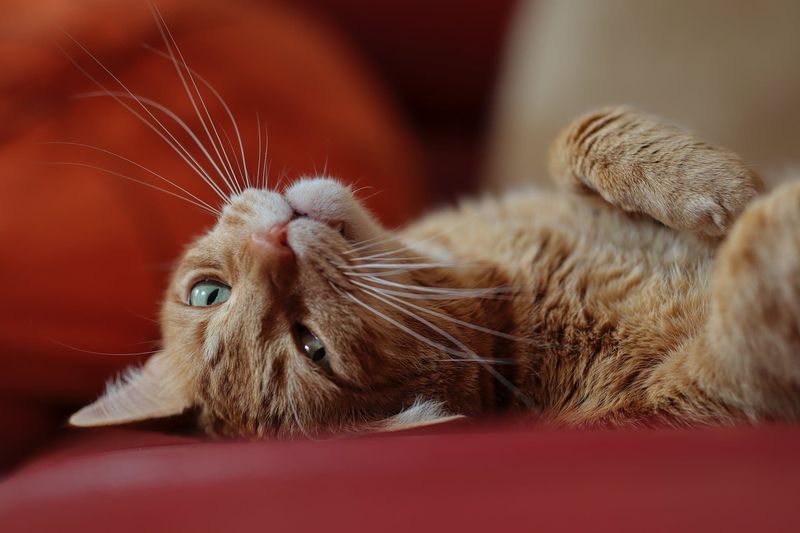📖 Table of Content:
Cats are often seen as aloof and independent creatures, but their connection to humans runs much deeper. Beneath their calm demeanor, they form strong bonds with the people around them. The emotional connection between a cat and its owner can be subtle, but it is just as profound as that of any other pet.
While cats may not always show affection in obvious ways, they have unique methods of expressing care. Their behavior and actions often communicate more than words ever could. Learning to recognize these gestures can lead to a stronger, more meaningful relationship with your feline companion.
These subtle signs of affection may be hard to notice at first, but once recognized, they can change the way you interact with your cat. Cats may prefer quieter, more reserved ways of showing love, yet their loyalty and attachment are undeniable. Understanding these cues can help deepen the bond and create a more harmonious home environment.
1. Slow Blinks That Speak Volumes
Those half-closed eyes aren’t signs of boredom – they’re kitty kisses! When your cat gives you slow, deliberate blinks, they’re expressing deep trust and affection. This behavior, sometimes called a “cat kiss,” is one of the most sincere forms of feline love.
Cats are naturally cautious creatures who don’t like being vulnerable. By closing their eyes in your presence, they’re essentially saying, “I feel safe enough with you to let my guard down.” Try returning this gesture by slowly blinking back at your cat.
Many cat owners report that this simple communication strengthens their bond tremendously. It’s a quiet conversation happening right in your living room!
2. Bringing You “Gifts” During Tough Times
Found a toy mouse on your pillow after a rough day? Your cat might be trying to comfort you! Cats are surprisingly perceptive to human emotions and often respond by bringing offerings when they sense you’re upset or stressed.
This behavior stems from their natural instinct as hunters. In cat society, sharing prey is a sign of care and community. Your feline friend is essentially saying, “I noticed you’re sad, so I brought you the best thing I could find.”
Some cats even reserve this behavior specifically for times when their humans are feeling down. Next time you receive a “gift,” remember it’s your cat’s way of providing emotional support.
3. Purring as a Healing Mechanism
The soothing rumble of your cat’s purr isn’t just pleasant – it’s actually therapeutic! Studies show that cat purrs vibrate at frequencies between 25-150 Hz, which can promote healing, reduce stress, and lower blood pressure. Your cat often purrs loudest when you’re feeling unwell.
Cats seem to instinctively know when you need this sonic therapy. Many cat owners report their felines spending more time purring near them during illness or emotional distress.
The next time your cat curls up on your chest during a bad day, that powerful purr might be their way of literally trying to heal your troubles away. It’s a tiny motor of comfort designed just for you.
4. Tail Positions That Track Your Mood
Your cat’s tail is like an emotional barometer that responds to your feelings. When you’re happy, you might notice your cat’s tail held high with a slight curve at the tip – their way of matching your positive energy. During times of stress, many cats will wrap their tails around their owners’ legs or arms.
This behavior isn’t random – cats are remarkably attuned to subtle changes in your body language, voice, and even scent when your emotions shift. They adjust their own body language in response.
Particularly sensitive cats may even mirror your emotional state, becoming more subdued when you’re sad or more playful when you’re excited. Their tails tell the story of your emotional connection.
5. Headbutts That Transfer Protective Scents
That gentle bump against your leg or face is more than just affection – it’s a powerful claim of protection. When your cat headbutts you (officially called “bunting”), they’re transferring facial pheromones from special glands onto you, essentially marking you as part of their safe circle.
Cats reserve this behavior for those they truly trust and want to protect. By sharing their scent, they’re creating a unified “family smell” that helps them identify you as someone who belongs in their territory.
Research suggests cats are more likely to engage in bunting when they sense their human is anxious or threatened. Your feline friend is literally saying, “Don’t worry, you’re under my protection now.”
6. Sleeping Position Secrets
A cat who exposes their belly while sleeping near you is showing incredible vulnerability. In the wild, this position leaves vital organs exposed – something cats only do when they feel completely safe. Your emotional support cat chooses to be most vulnerable around you.
The location matters too. Cats often sleep at their owners’ feet when acting as protectors, near the face when seeking closeness, or directly on the chest when attempting to comfort. These positions aren’t random but carefully selected based on what they sense you need.
Most telling is when your cat changes their usual sleeping spot to be closer during times of illness or sadness. They’re literally standing guard over your emotional well-being.
7. Following You to Unusual Places
Bathroom shadows aren’t just curiosity – they’re emotional surveillance! When your cat follows you everywhere, even to unusual places like the bathroom or shower, they’re actively monitoring your well-being. This behavior often intensifies during times of stress or change in your life.
Cats establish routines around their owners and become concerned when those patterns change. If you’re acting differently due to emotional distress, your cat will often increase their “checking in” behaviors.
Many cat owners report their felines becoming especially clingy before or during illness, as if they can sense something’s wrong. This vigilant shadowing is your cat’s way of saying, “I’m keeping an eye on you because I care.”
8. Kneading Your Lap During Anxiety
Those rhythmic paw pushes against your lap aren’t just random – they’re emotional first aid! Kneading (sometimes called “making biscuits”) is a behavior cats learn as kittens to stimulate milk flow from their mothers. When adult cats do this to humans, they’re reverting to their most comforting childhood behavior.
Cats often increase kneading when they sense their humans are anxious or upset. The rhythm helps regulate both your emotions and theirs, creating a mutual calming effect.
The pressure and rhythm of kneading actually releases endorphins in both you and your cat. Your feline friend is essentially giving you a stress-relieving massage when they sense you need emotional support the most.
